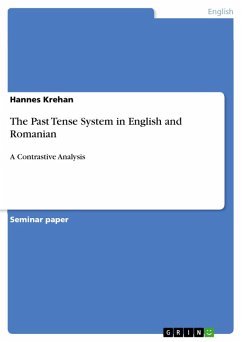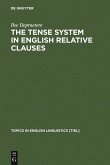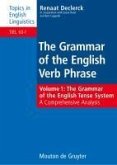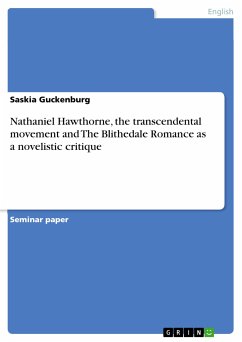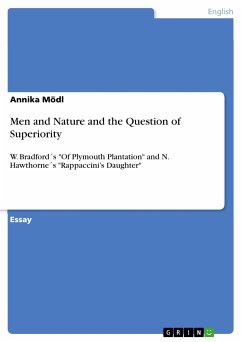Seminar paper from the year 2012 in the subject English Language and Literature Studies - Linguistics, grade: 1,3, http://www.uni-jena.de/ (Anglistik/Amerikanistik), course: Linguistic Typology and Language Universals, language: English, abstract: As Martin Haase points out, the term 'tense' in any given language can hardly be isolated. In a broader context, it usually consists of an interwoven system, the so-called Tense-Aspect-Modality (TAM). English and Romanian are no exception. Haase states that "it is far from simple to attribute TAM-categories clearly to either tense, aspect or mood, since most categories contain a temporal as well as an aspectual or modal meaning." (Haase, 1994:135). In order not to go beyond the intended scope of this analysis, I will thus straightforwardly compare English and Romanian past tenses, thereby avoiding a detailed discussion on the inner TAM workings of each language, as this could easily fill entire books on its own. Nonetheless, when absolutely necessary, I will include mood and aspect since both of them cannot be entirely ignored in an analysis about time-related utterances. My main concern, however, is to illustrate the general differences of the tense systems rather than to consider all the exceptions that follow in their wake. Thus, before explaining the construction of the main past tenses, I will provide a short overview and definition of the terms tense, aspect and mood in the English and Romanian language.
Dieser Download kann aus rechtlichen Gründen nur mit Rechnungsadresse in A, B, BG, CY, CZ, D, DK, EW, E, FIN, F, GR, HR, H, IRL, I, LT, L, LR, M, NL, PL, P, R, S, SLO, SK ausgeliefert werden.

